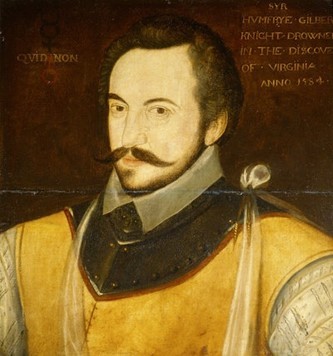Gloriana's Bloody Age
Massacre and Misrule in Elizabethan Ireland
Chapter 2 : The Desmond Wars and Increasing Brutality
Almost every year from 1546-66 saw offensive hostings by royal armies into the Irish lordships. They aimed to provoke the native Irish into acts that could be considered rebellion, thus warranting (under English law) subjugation with force. The arrival of Thomas Radcliffe, 3rd earl of Sussex, saw the liberal issuing of commissions of martial law. Hundreds were issued in the following years, the terms of which allowed the crown's officers to execute 'suspected enemies'. No burden of evidence was required. Furthermore, the crown granted officers one third of the goods of those they executed, which led to the rise of entrepreneurial violence on behalf of the state. The more they killed, the more the officers could gain. English aggression, Irish resistance and subsequent suppression with an overwhelming force led to ever-increasing levels of bloodshed. The Desmond revolts in Munster were the first significant conflicts Elizabeth faced in Ireland. The Crown armies used spoiling, devastation, crop destruction and unrestrained attacks on civilians to suppress the Irish.
Plans to confiscate lands (for the benefit of new English arrivals) sparked the first Desmond War in Munster in 1569. James Fitzmaurice, 10th earl of Desmond (an Anglo-Irish lord) and his Irish allies attacked English colonies in Munster, but the rebellion was poorly coordinated and was crushed quickly. However, the English liberal use of terror tactics fostered enduring hatred. Sir Humphrey Gilbert was one of the fiercest proponents of this type of warfare. During his campaign in Munster in 1569 it was noted of Gilbert's methods:
'The heads of all those (of who sort soever they were) which were killed in the day, should be cut off from their bodies and brought to the place where he incamped at night, and should there be laid on the ground by each side of the way leading into his own tent so that none could come into his tent for any cause but commonly he must pass through a lane of heads which he used ad terrorem...[It brought] great terror to the people when they saw the heads of their dead fathers, brothers, children, kinsfolk, and friends'.
Gilbert was unambiguous in his rationale for these tactics.



